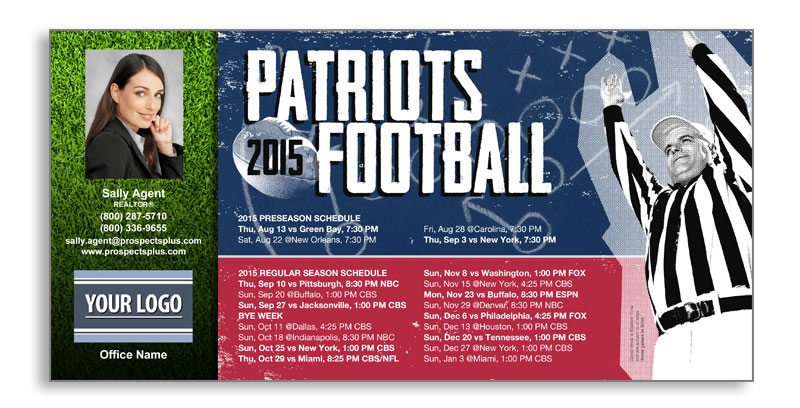Marketing is a crucial piece of your business, and every bit as vital as the business plan itself.
A good marketing plan must focus on the key elements of how to win and keep customers.
It must be strategic but also include specific objectives and tactics you’ll use to achieve your sales goals. Think of it as an action plan – what will you sell, who is your target audience, and how will you generate leads that result in sales. Here are some simple steps you can take to build a winning marketing plan.
Take An Honest Look in the Mirror
A situational analysis is essentially a snapshot of your company’s current situation. Keep it very simple: Define your company and the product or services it offers then show how the benefits you offer set you apart from competitors.
Many times, targeted audiences may be very specialized or segmented. Regardless of what your business is, to market competitively you need to understand your target audience. You must thoroughly understand not only what you offer but what the competition offers, and be prepared to show how you offer the best alternative. This will help results while saving you big bucks!
During this “Honest with yourself” process:
- Be prepared to give an honest overview of your business’s strengths and weaknesses.
- Consider opportunities from within your business, and threats from outside forces.
- Ask yourself why your products or services are superior. What do you offer that gives a competitive advantage?
- Consider also vulnerabilities, such as inexperienced staff or working in a highly competitive market.
- Consider opportunities your business can capitalize on, such as expanding your market. Detail ways you can deal with any potential threats.
Your marketing plan should effectively position your product or service by analyzing your product or service features. For example, are your customers looking for convenience, quality, or discount pricing? By understanding what your customers want, you’ll best know what to offer.
Target Audience
Create a simple one paragraph profile of your target customer. This could be described in terms of demographics, such as age, gender, marital status, earnings, location and lifestyle.
Then, if possible, drill down into greater specifics. For example, ask yourself:
- Is my customer conservative or innovative?
- Are they are a leader or a follower?
- Are they humble or aggressive?
- Are they introverted or extroverted?
- Are they traditional or modern?
- How often do they purchase these goods or services?
- How much do they spend on these goods or services?
This deeper analysis will help you construct marketing messages that relevant to your audience.
If you do primarily business to business marketing, you can define the target audience based on business type, job title, business size, location, and other relevant factors. Whoever your target audience is, it’s important to drill down on the specifics in this section of the marketing plan. This section will serve as a guide when planning media and public relations campaigns. If you need help in the area, head on over to our Mailing List Page…we have some great “How To” videos to help.
Marketing Goals
What is the goal you hope your marketing plan will achieve? Write down a list of goals. You may want to increase sales by 20%, increase profits by 10%, or you may want to expand your business into a new territory. This list should be short and measurable so that you can look back later and determine if you’ve met these goals.
Marketing Communication Strategies and Tactics
This is perhaps the most important part of your marketing plan. You’ve already outlined what your marketing is to accomplish and identified your customer. Now it’s time to decide how you’ll reach those customers and accomplish your goals.
Ideally, you must target prospect at all stages of the sales cycle. You may choose to utilize tactics such as public relations and direct postcard marketing for reaching cold prospects. You might use permission based emails, loyalty programs and customer appreciation events to reach out to warm prospects.
The hottest prospects, those who have already received your message and are close to a sale may be most effectively converted through an interpersonal combined approach, such as postcard marketing followed up by a phone call, email, or both. Outline your primary strategies and a variety of tactics you can use to reach prospective customers at any point during the sales cycle.
To know which strategies create the ideal marketing mix, tune into where your target audience goes for information on the type of product or service you offer. When you key in on the customer’s preferred channel, they’ll be more receptive to your message.
The Marketing Budget
Determining the right budget can be a challenge, but it is one you must confront head on. You must plan to devote a percentage of projected gross sales to an annual marketing budget.
The good news is that with so many different types of strategies and tactics available for reaching out to even a niche audience, there’s a good fit for even the tightest budget.
If you find yourself exceeding your marketing budget, continue to adjust until you find the right mix that is affordable and effective. Just keep marketing in whatever manner you can afford and set aside the more costly tactics til you’re in a better position.
Need help? To learn more about how we can help you fuel your business, streamline your systems and take your career to the next level, call our marketing team today at 877-222-6010 or visit our website www.prospectsplus.com/PEI









